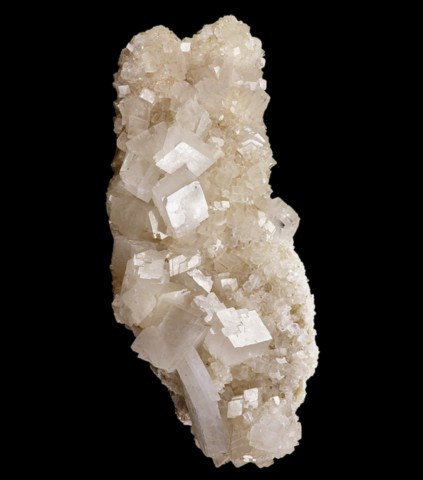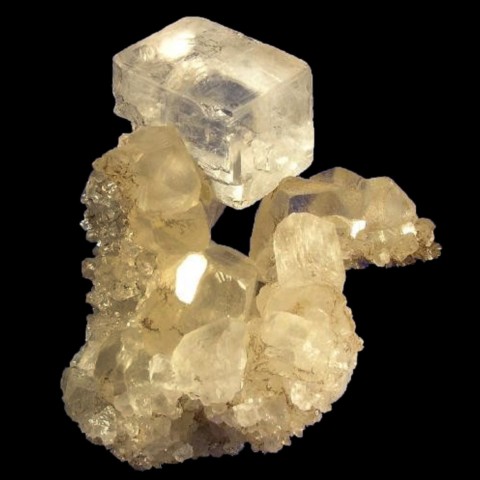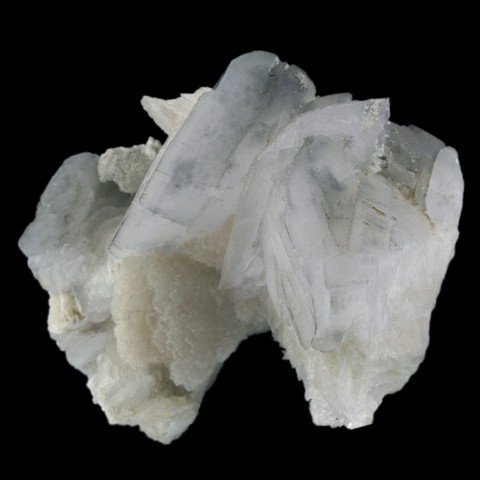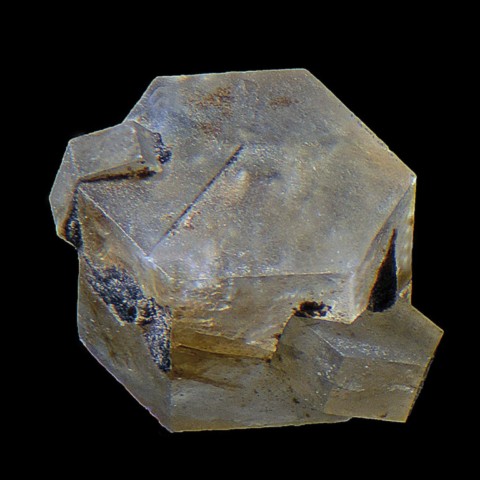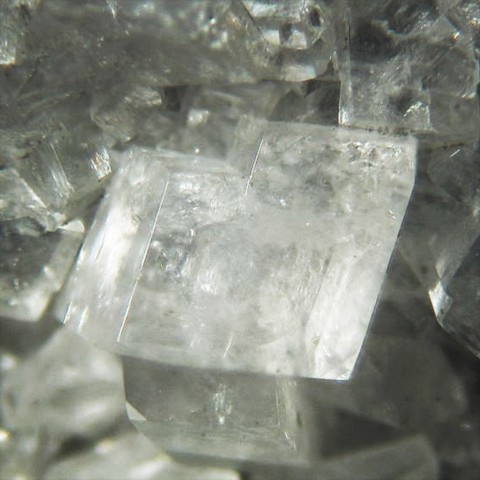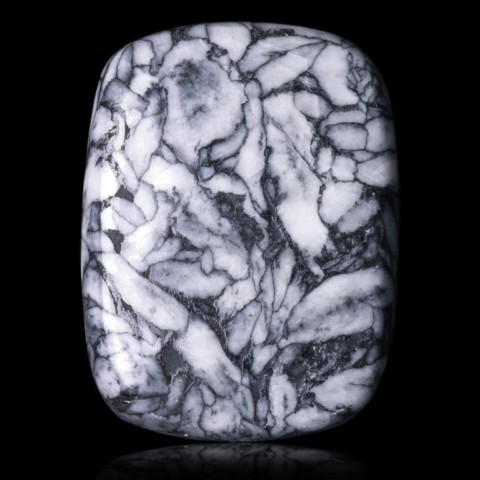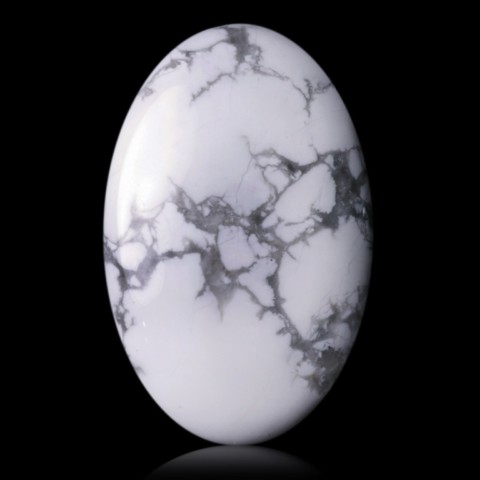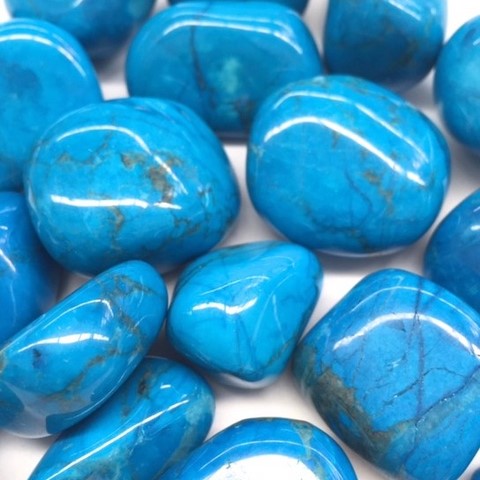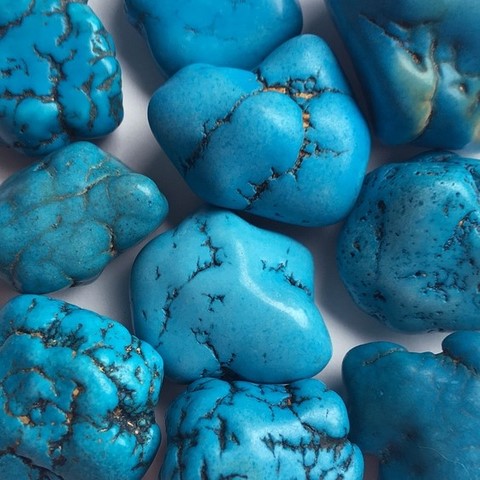 Magnesite - Encyclopedia
Magnesite - Encyclopedia
Class : Carbonates, nitrates, borates
Subclass : Anhydrous carbonates
Crystal system : Trigonal
Chemistry : MgCO3
Rarity : Common
Magnesite (or giobertite) is a carbonate of the calcite group. It forms a continuous series with siderite but not with calcite, since its CaO content does not exceed 6%. The intermediate terms of the magnesite - siderite series were formerly referred to as breunnerite and mesitine. Manganese, cobalt and nickel can also be present at low levels. Magnesite can result from different geological processes : alteration of magnesium-rich rocks (mainly serpentinites) by carbonate waters ; magnesium metasomatosis of limestones with passage through an intermediate stage of dolomitization ; more rarely evaporites. It is exceptional as a matrix for hydrothermal veins. It was named thus in reference to its chemical composition, the term magnesium itself comes from the Greek magnesia lithos (stone of Magnesia), Magnesia being a region of Thessaly in Greece. Transparent to translucent and usually vitreous in luster, magnesite has perfect cleavage according to {10-11}. It is colorless, white to bluish-white, sometimes yellow to brown, and forms compact to granular masses, or rhombohedra, more rarely hexagonal prisms. It is a common magnesium ore that was formerly used in pyrotechnics and photography. By calcination it produces magnesia (MgO). Magnesia is mainly used in the refractory industry, particularly for the interior linings of steel furnaces, and also in the chemical industry. Magnesite has additional uses in porcelain, ceramics, rubber, stationery and quick-setting cements. Finally, it should be noted that it is massive and is cut and polished into cabochons and trinkets and sold under the trade name "howlite" and "pinolite" (or chrysanthemum stone).
Main photo : Magnesite from Brumado, Bahia, Brazil © Rob Lavinsky
Magnesite in the World
Twinning
Magnesite can present twins on {01-12}.
Fakes and treatments
Massive magnesite sold under the name "howlite" is often dyed in various colors, notably blue to imitate turquoise.
Hardness : 3.5 to 4.5
Density : 2.98 to 3.02
Fracture : Conchoidal
Streak : White
TP : Translucent to transparent
RI : 1.509 to 1.700
Birefringence : 0.191
Optical character : Uniaxial -
Pleochroism : Visible
Fluorescence : Pale blue to pale green
Solubility : Hydrochloric acid
Magnetism : NoneRadioactivity : None

